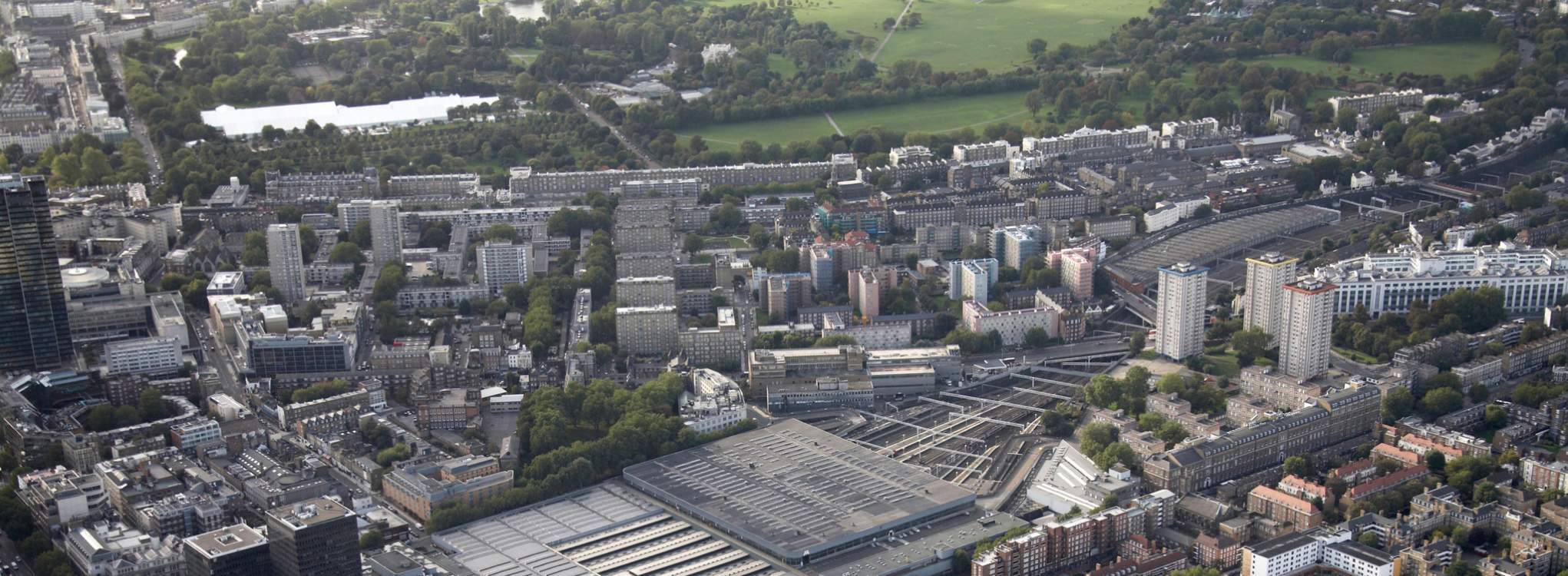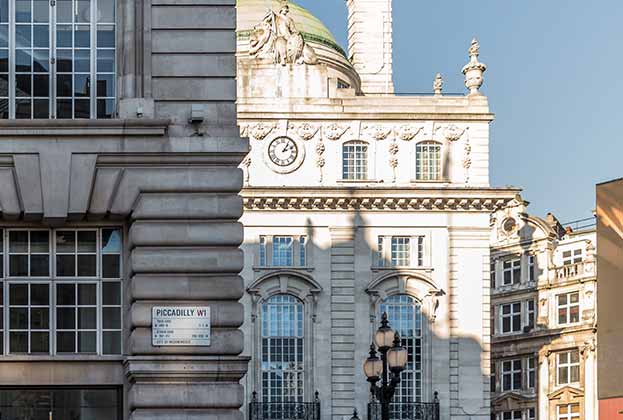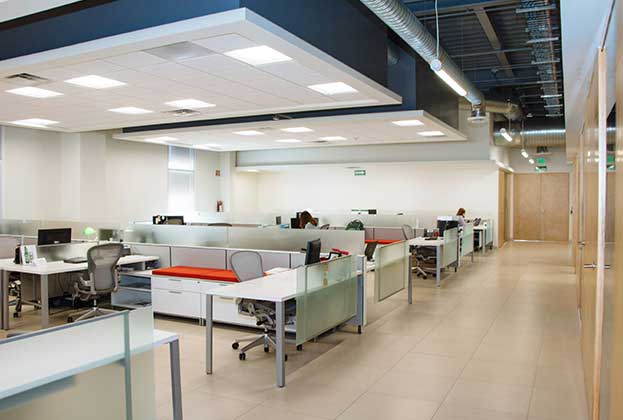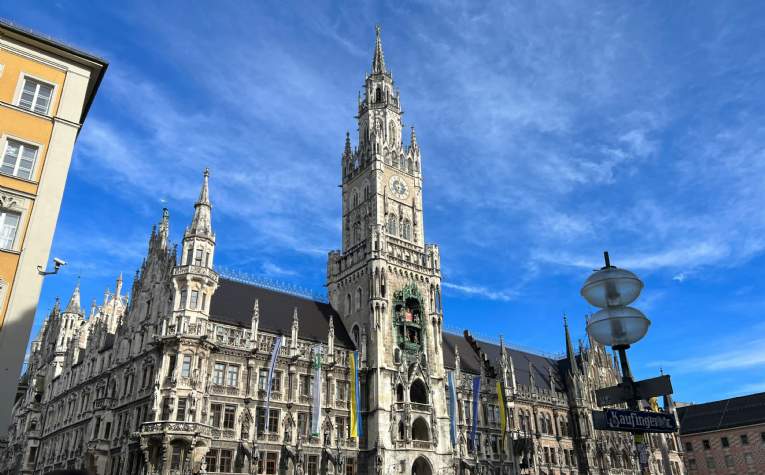Urban regeneration is a delicate dance between preserving history and embracing progress. As cities evolve, areas once overlooked can become vibrant hubs of activity, but this transformation requires careful planning and execution. In London, the transformation (and now completion) of King's Cross stands as a shining example of successful regeneration, offering valuable lessons for neighbouring areas like Euston.
Euston, like King's Cross, is steeped in history and holds immense potential for regeneration. As one of London's major transport hubs and home to iconic landmarks like Euston Station, the area has long been seen as a future regeneration opportunity of huge scale. Euston's delivery is eagerly awaited, and the extent to which it is able to build on the inspiration of its King’s Cross’s neighbour.
With Lendlease in the driving seat, it is worth noting that Euston’s collaboration with the local community is beginning to come to the fore - certainly the transformation of King's Cross was not solely driven by developers but involved input from thousands of local residents and businesses across the Knowledge Quarter. This collaborative approach ensured that the regeneration project aligned with the needs and aspirations of the community, fostering a sense of ownership and pride in the area's revitalisation.
Furthermore, King's Cross demonstrates the value of preserving and repurposing existing infrastructure. Unfortunately Euston does not have the luxury of retaining historic buildings, which remain at the core of King’s Cross where some 20 buildings were retained, breathing new life into Victorian-era structures, preserving the area's architectural heritage and adding character and authenticity to the regenerated space.
Transport connectivity plays a crucial role in the success of King's Cross regeneration, and Euston stands to benefit from exceptional improvements with the ultimate arrival of HS2 underpinning investment in significant economic and employment growth for our capital.
King's Cross has a widely acclaimed emphasis on light, green, open space at scale. The precedent for environmentally conscious urban development can potentially be taken even further by a Euston Delivery Partnership creating a welcoming dwell time environment rather than the desultory and transitory experience commuters currently endure.
Additionally, under the stewardship of Argent, King's Cross showcases the value of mixed-use development in creating vibrant, inclusive communities. By combining almost indistinguishable affordable, private and student residential, commercial, and cultural spaces, King's Cross offers something for everyone, fostering a diverse and dynamic neighbourhood. Euston will undoubtedly emulate this approach, diversifying its built environment and creating opportunities for people to live, work, and socialise in the area. Euston will become a new destination for London rather than simply a gateway for travellers to pass though.
The resurgence of Euston beyond the proposed/delayed/proposed and now delayed arrival of HS2 has already taken 15 years. Arguably this is relatively minor by comparison to King’s Cross. The first schemes presented to Camden in the late 1980s and throughout the 90s went nowhere. Now, nearly a quarter of a century on, the delivery of King’s Cross’s vision and applauded permeability is generating a premium for London. The timeline of Euston's regeneration might feel like a mini marathon at the moment but once delivered, the trilogy of King’s Cross, St Pancras and Euston will future proof London’s international presence. There is so much to look forward to at Euston.
Further information
Contact Oliver Fursdon

.jpg)





.jpg)


